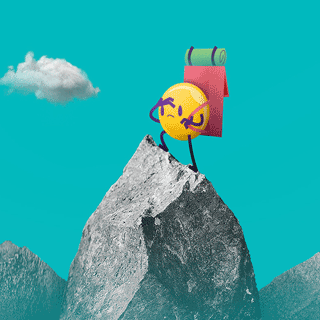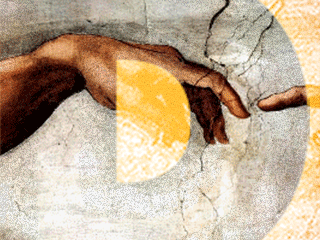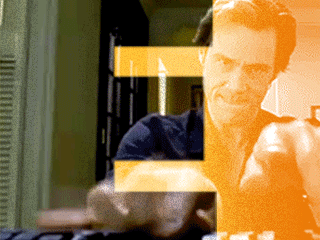You might have come to a point in your design career when you were asked to work on a project but were given a very vague brief.
“Where do I start?” you ask. Other than being requested to stick to (or loosely base your design on) some corporate guidelines, you are left to wonder around a couple of lines of ‘guidance copy’ and come up with a ‘fresh new’ design concept.
“Make something creative,” they say. If you’re a client that tends to do so, Richard’s “Guide to writing a digital brief” should prove to be an interesting read! If you’re a designer – well – read on a little more.
We all know that the idealistic dream of consistently receiving great job briefs is a far cry away from reality. No matter what the reason behind the lack of proper direction is, it is OUR job as Creatives to make the most of what we have and find our way through the bleakness.
I’m a big fan of cartography, exploration, and adventure so I naturally interpret incomplete briefs as the perfect excuse for a treasure hunt, albeit confined to my desk. When faced with this problem, I picture myself as a Spanish Conquistador, disembarking onto the unknown coasts of Peru. And this, my friend, is where things get interesting.
Armed with little to no knowledge of my surroundings, I always follow these 5 sacrosanct tips.
1. Explore!
Like great voyagers we need to survey and scavenge around to gain a good understanding of our surroundings. Be it by getting in touch directly with the client, marketing executive or supplier, take the lack of a clear direction as a great way to develop or create new relationships. We’re in the communication industry after all.
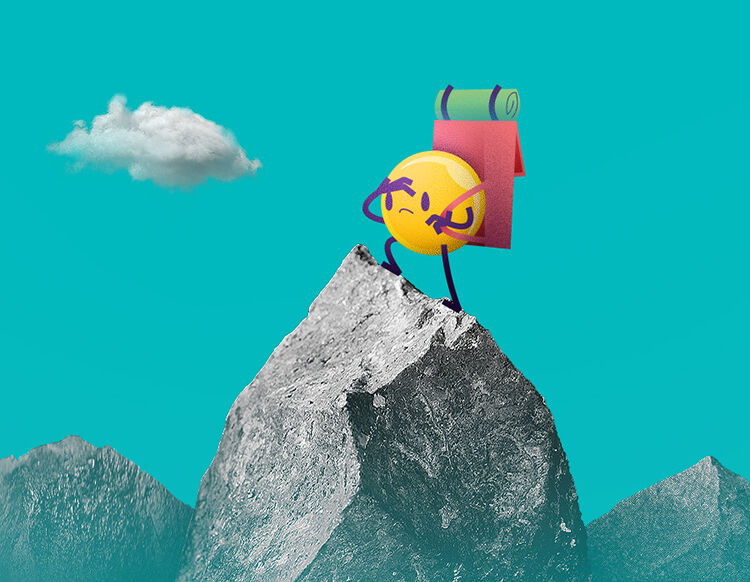
2. Boldly go where no man has gone before
The design world needs its Marco Polos and Captain Kirks; people who are defined by their discoveries rather than by who they are. Incomplete briefs may be the perfect excuse to be experimental, and let your creative process take you through routes you wouldn’t have thought of going through before. There’s a fine line between creating cool stuff for the sake of being different and creating unconventional design pieces in hope of creating a more engaging piece of communication.

3. Learn new languages
One of the more thrilling things about exploration is meeting the natives. If you venture far enough from your homeland (metaphoric comfort zone) you’ll encounter new cultures and people (a metaphor for new mediums, in this case). More often than not, we as creatives tend to list two or three disciplines we’re best at.
“I’m an illustrator at heart, but love editorial design too!” That’s two ‘languages’ – it’s time to become a polyglot! There’s absolutely no reason why a 3D artist shouldn’t develop 2D illustration skills; or editorial design or storyboard creation for that matter. Be a Jack of all trades, master of SOME.
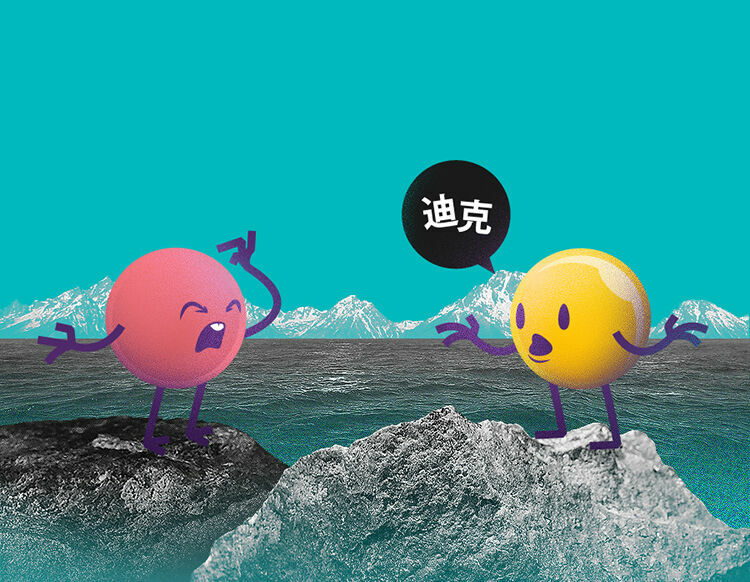
4. Free time. Prototype to build better understanding!
I’m sometimes asked what hobbies I have, and I seriously struggle to find anything else to say other than “Well, I keep designing stuff at home.” Experimentation in the workplace may sometimes be a little challenging, yet find time to work on your own personal projects. It’s up to us to find a couple of extra hours to develop and innovate new ideas and tools. Be it designing t-shirts or attempting to create a typeface from scratch, working on projects you’re the boss of should be the thing you crave to do once you’re out of the studio – no matter how far-fetched your ideas are. As Tobias Van Schneider eloquently puts it, ‘Side projects should be stupid.’
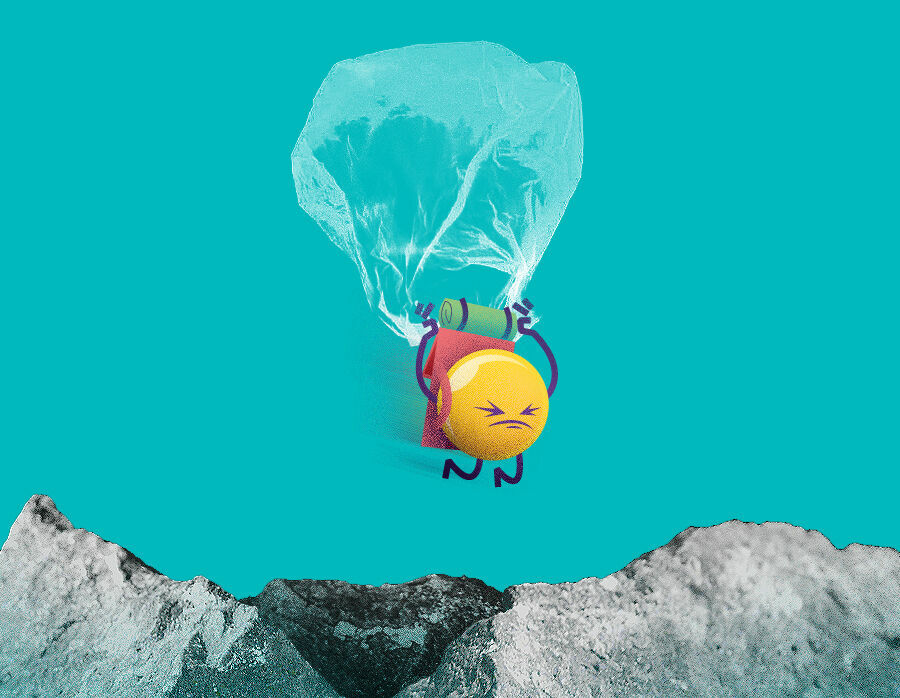
5. Document every step of your journey
We might remember the names of great explorers, but their names would be nothing hadn’t they recorded their journeys and the sights, sounds, and locations they discovered on the way. We’re probably all guilty of this, in one way or another. Rarely do we spend a few extra minutes documenting our design decisions, findings, or thoughts. More often than not, these little discoveries could be the fruit of happy accidents, or even little ideas that could be taken further on your next project. The same way Columbus came across America by chance, your next happy accident could lead to you pioneering the next big design trend.
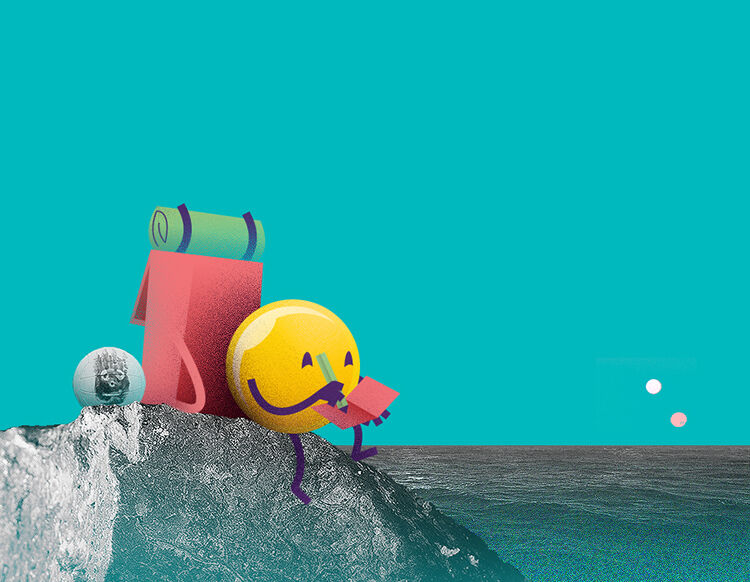
In the end, the thing that matters the most is tackling a lack of brief like a boss.
Turn obstacles into challenges, limitations into strengths, and frustrations into stimulants. Not knowing where to begin will help you think differently. But most importantly, clients, (please) write a good brief.
Who needs stock imagery when you can draw some yourself? All the images used in this blog post come straight from the steady hands of the author himself.

